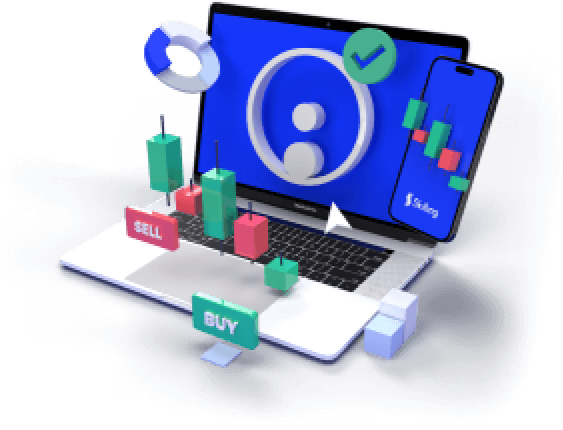Risk is a natural part of trading — but how you manage it often determines your success. CFD-trading offers flexibility and opportunity, but also comes with leverage and volatility. Without proper risk management, even the best strategies can lead to losses.
This article outlines practical risk management strategies every CFD trader should apply to protect capital and stay in the game long term.
Why Risk Management Matters
- No strategy wins 100% of the time
- Even one trade can cause significant loss without protection
- Managing downside helps preserve capital for the next opportunity

Key Risk Management Tools
Stop-Loss Orders Define your maximum loss on every trade. A stop-loss automatically exits your position if the market moves against you. Always calculate this before you enter the trade.
Take-Profit Orders Lock in profits when the market reaches your target. This keeps you from getting greedy or second-guessing your exit.
Risk/Reward Ratio Set a minimum ratio for your trades (e.g., 1:2). That means for every $1 you risk, you aim to make $2. This keeps your edge intact over time.
Position Sizing Don’t just guess your trade size. Use a formula based on how much you’re willing to risk per trade — usually 1–2% of your account.
Diversification Avoid putting all your capital into one asset. Trade across instruments (forex, indices, commodities) to reduce exposure to single-market shocks.
Capitalise on volatility in index markets
Take a position on moving index prices. Never miss an opportunity.
71% of retail CFD accounts lose money.

Psychological Risk Management
- Stick to your plan — don’t let emotions override your strategy
- Avoid revenge trading after a loss
- Stay disciplined during winning streaks — overconfidence can lead to poor decisions
Practical Example
You have $5,000 and you’re willing to risk 2% per trade ($100). You identify a trade with a 1:2 risk/reward. You calculate your stop-loss and take-profit, size your position accordingly, and stick to it.
Even if 50% of your trades lose, the positive risk/reward ratio can keep your account growing.
Practice with a Demo Account
Try our demo account and experience real market conditions.
71% of retail CFD accounts lose money.

Conclusion
CFD-trading isn’t about avoiding risk — it’s about managing it smartly. With discipline, structure, and consistent risk controls, you give yourself the best chance to succeed in volatile markets.












